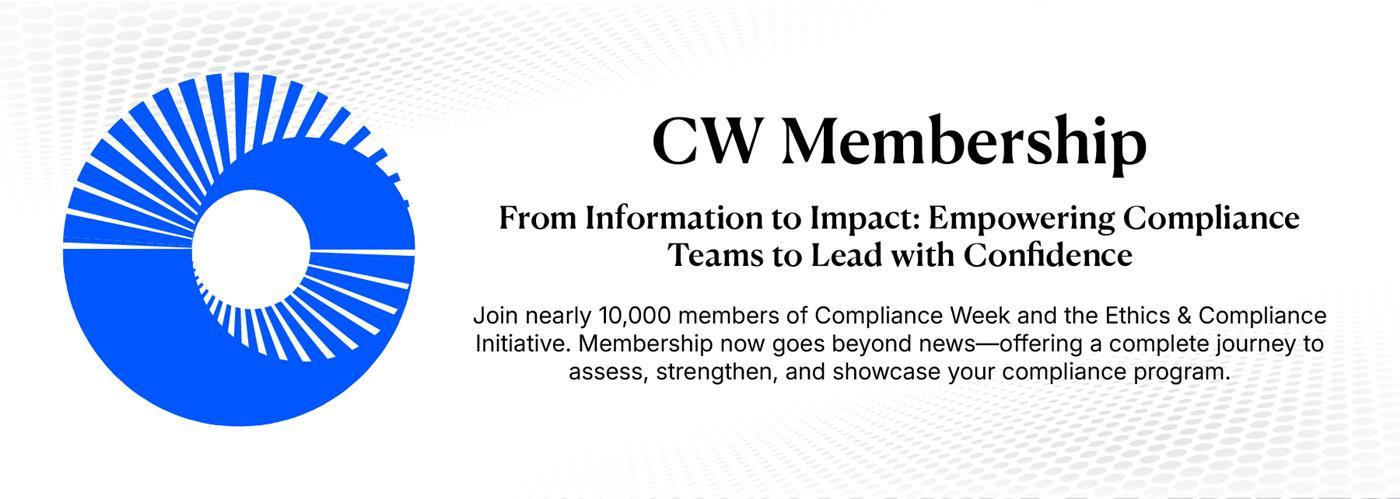ESG Summit: How Rite Aid is preparing to comply with SEC’s climate disclosure rule

Rite Aid is preparing to comply with the Securities and Exchange Commission’s (SEC) climate-related disclosure rule, regardless of whether the proposed mandate faces any delays, the retail pharmacy chain’s director of environmental, social, and governance and corporate sustainability said during her opening keynote address at Compliance Week’s virtual ESG Summit on Monday.
Since the SEC’s proposal was released in March, Rite Aid has embraced an “enterprise-level awareness” about the need to implement, document, and disclose ESG practices and policies, said Amanda Patrick during her fireside chat, titled “Moving the Needle on ESG Compliance.”
Patrick advised risk professionals get involved “from Day 1” with their company’s ESG compliance and disclosure programs. They should understand the ratings systems available and the metrics behind them.
THIS IS MEMBERS-ONLY CONTENT
You are not logged in and do not have access to members-only content.
If you are already a registered user or a member, SIGN IN now.







